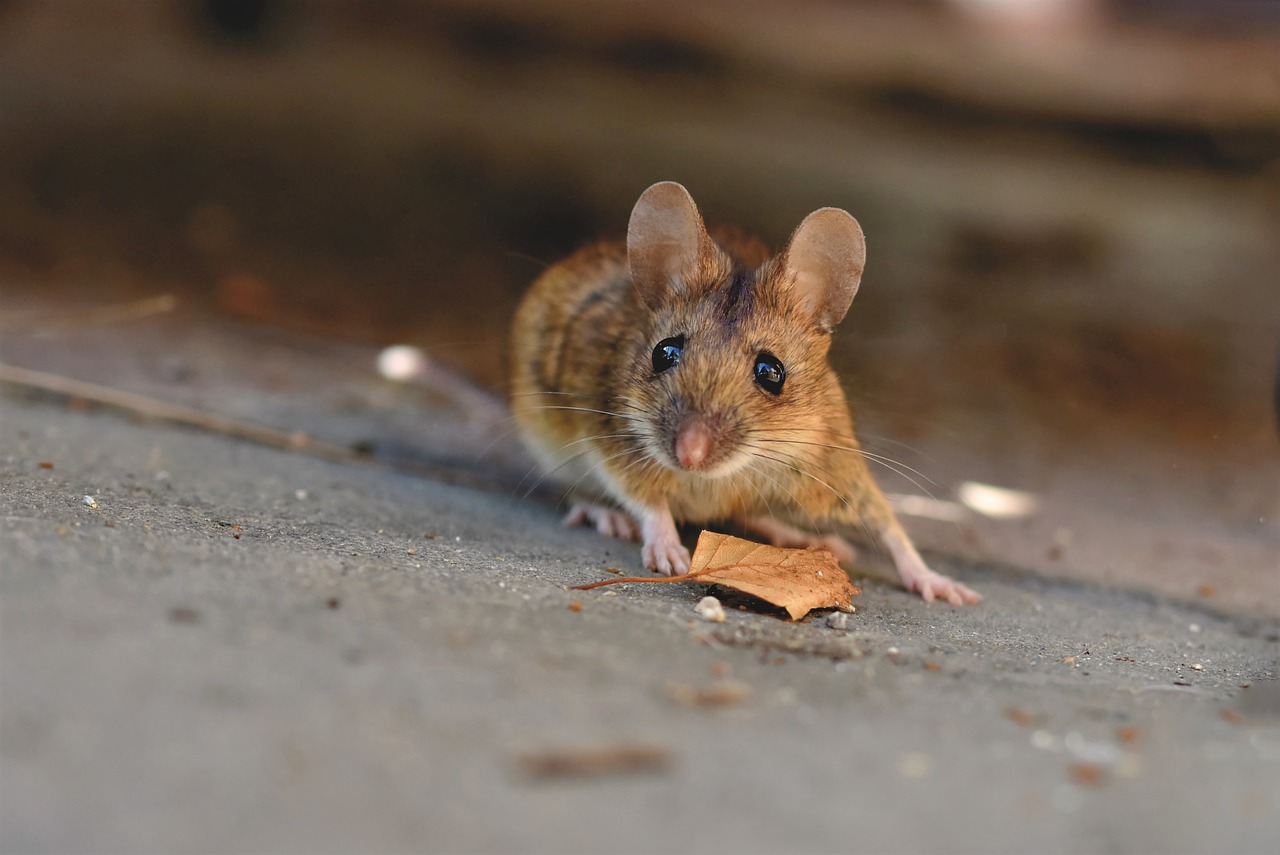
Mouse Control
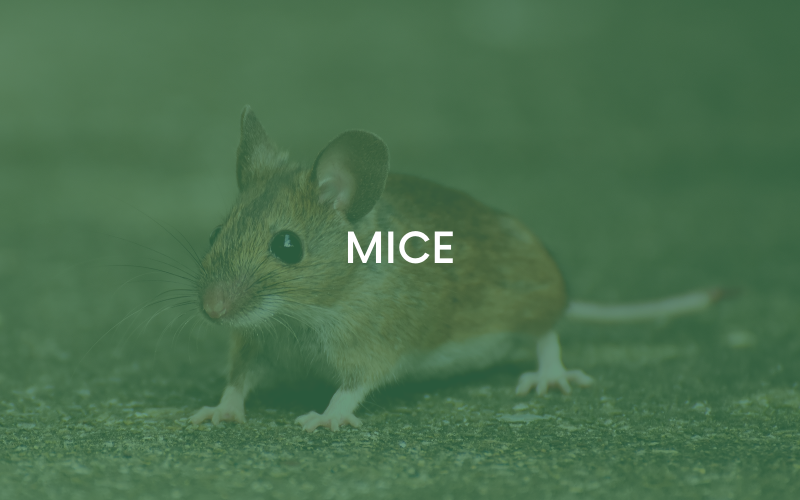
The two most common mice to enter your home are deer mice and house mice. Though all common home-invading mice are small with big ears and long, thin tails, they do have defining features.
House mice are generally uniformly brown and much more common in urban settings. Deer mice have white underbellies, legs, and feet and tend to invade buildings near fields and woodlands in the fall.
Field mice are the trickiest to identify but least likely to be in your home. Field mice are uniquely multicolored. If you get close enough, you will notice their coats are typically a mix of brown and tan fur.
Mouse Removal
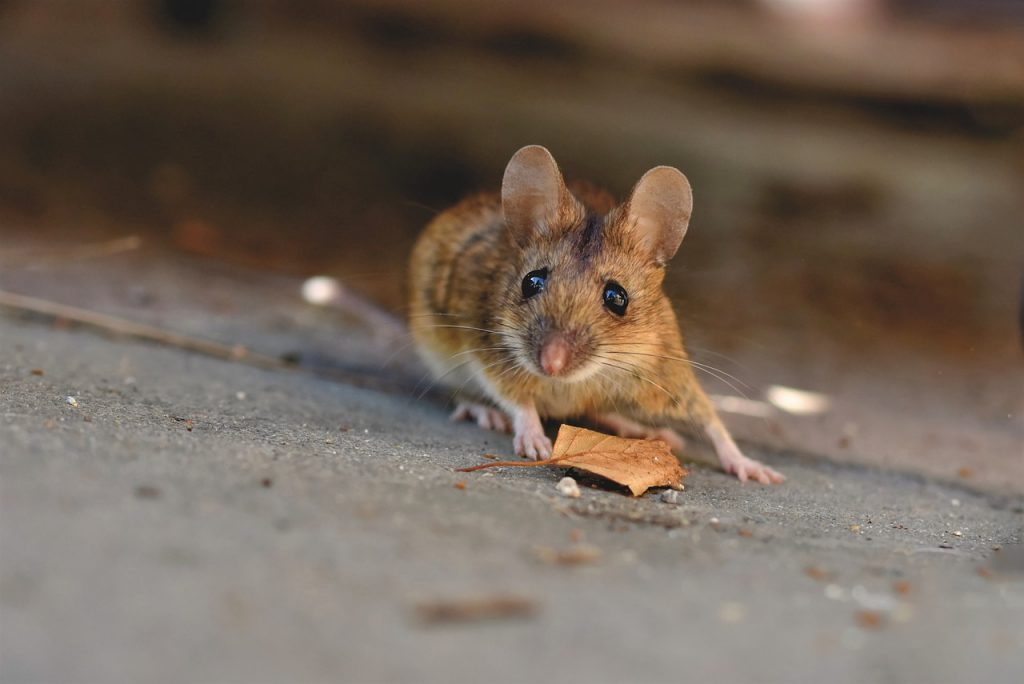
Mice will invade any home regardless of size, condition, or location. Humans provide reliable food and water, warm shelter, and protection from predators. Mice prefer to build nests in dark secluded places like wall voids, attics, pantries, and garages.
They rely on the heat provided by these sheltered hiding places and take advantage of easy access to materials they use to build nests like insulation. Once established inside a house, mice will constantly scamper throughout your home, exploring and investigating.
Inspection
Homeowners notice mice when they hear the rodents scurrying about or gnawing, find chewed sections of baseboards and drywall, or notice rub marks and urine stains along walls. The smell of droppings or deceased rodents can also indicate the presence of mice infestations in walls.
We inspect the exterior and interior of the home. We will look for mouse droppings, gnaw marks, and nests made from shredded paper, cardboard boxes, insulation, and fabric. We look for any potential gaps and openings on the exterior of the home.
Mouse Traps
When mice build nests in isolated areas like attics or wall voids, exterminating the infestation can be difficult. Setting traps can reduce overall numbers slightly but finding and eliminating entire mouse populations requires the right tools, expertise, and training.
Exclusion and Repair
Once we have identified all points of mouse entry, Critter Control will implement a mouse trapping and baiting program to quickly reduce the population of mice. We check the traps regularly and safely remove any caught mice. Then, we will seal all entry points to prevent any re-entry of mice.
Signs of Mice Infestation
It is unlikely you’ll ever see a mouse in your house. Mice are active at night and tend to stick to secluded areas like inside wall voids, under major appliances, and in the back of pantries.
Most homeowners find evidence of a mice infestation. They hear mice scurrying about or gnawing, find chewed sections of baseboards and drywall, or notice rub marks and urine stains along walls. The smell of droppings or deceased rodents can also indicate the presence of mice infestations.
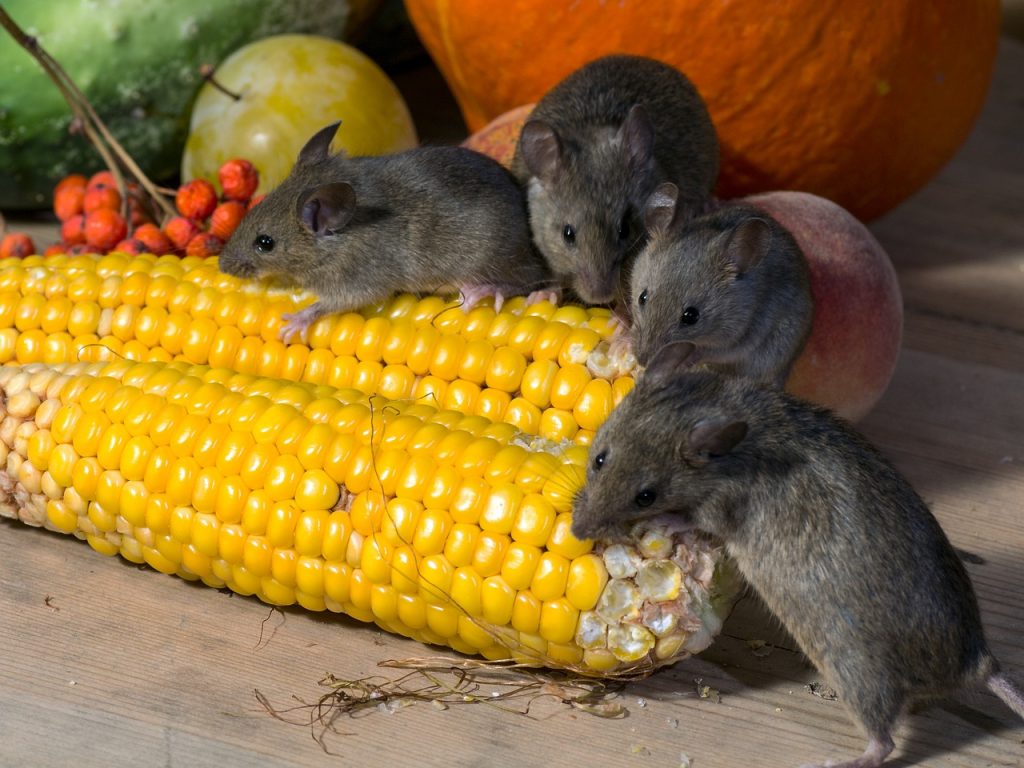
Mouse Sounds & Noises
Mice are typically the most vocal when searching houses for food and water. As this usually takes place 30 minutes after sunset and 30 minutes before sunrise, homeowners are most likely to hear mouse sounds at night.
Vocal Noises
Mice use vocals to express emotions and relay the location of food and shelter. The noise they make most frequently is a high-pitched squeak, almost like a singing chatter, but it can change in pitch and frequency depending on what they’re trying to communicate.
Movement Noise
House mice are also notorious for making scratching and scuffling noises as they move behind baseboards, drywall, and floorboards in homes. These sounds are caused by the pests’ nails digging into surfaces for grip.
Mouse Poop
When mouse infestations are present in the home so, too, are mouse poop. People tend to find mouse feces before any other evidence.
They usually measure less than 1/4 of an inch in length and are found in areas near food, like kitchen cabinets and drawers, as well as along pathways the rodents consistently travel, such as alongside walls and under the cover of furniture.
Collections of fecal matter are generally composed of a few separate pellets, which are pointed at the ends. Some experts liken mice droppings to grains of rice in terms of shape.
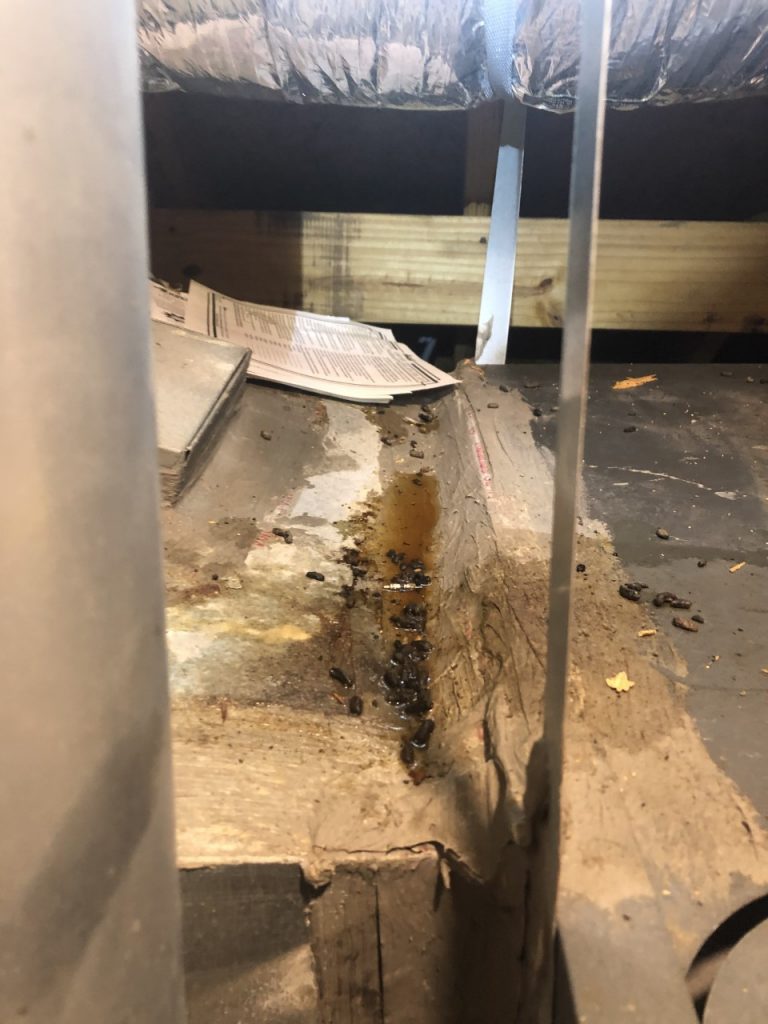
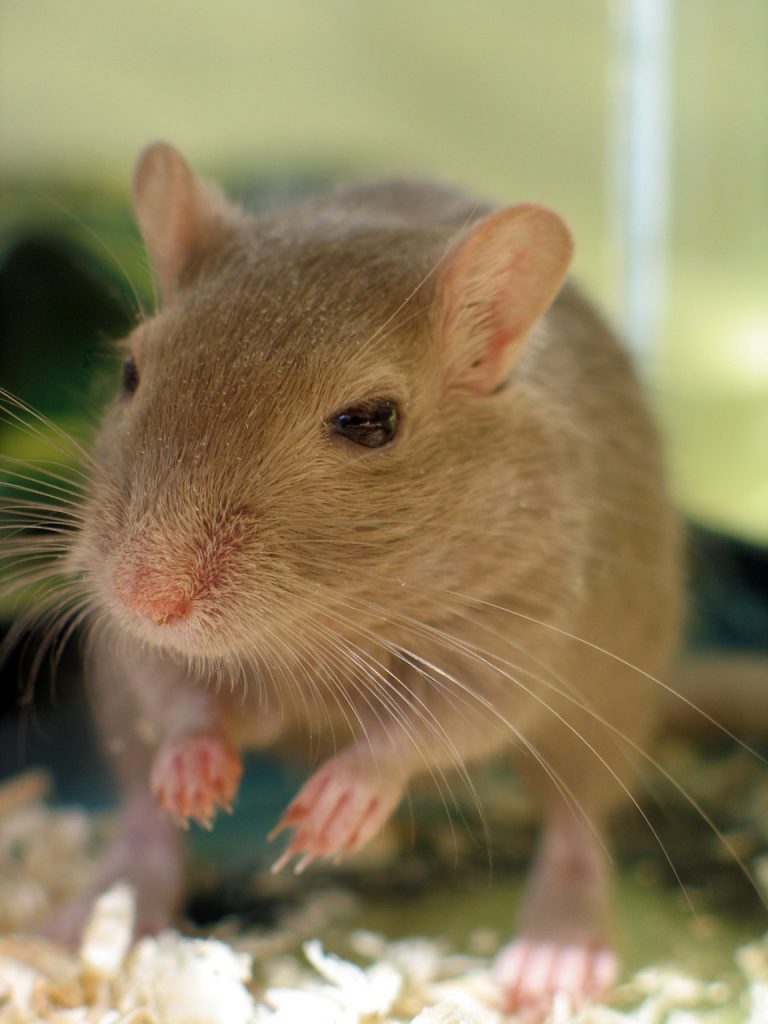
Mouse Tracks
Mice tend to follow the same routes repeatedly when they forage for food or explore their home territory. As a result, their tracks are most often found in areas of the home where the mice are known to travel. Look for mouse tracks on the ground next to walls, as mice like to move along the edges of structures. Mouse tracks are also commonly found behind household furnishings and in dark corners. Unlike rats, mice will curiously investigate new objects that appear in their territory.
Are Mice Dangerous?
One mouse in your house can turn into a significant problem. Mice can breed up to ten times per year and have the potential to have well over one hundred offspring per year. Infestations of mice spread illnesses, contaminate food, and cause property damage.
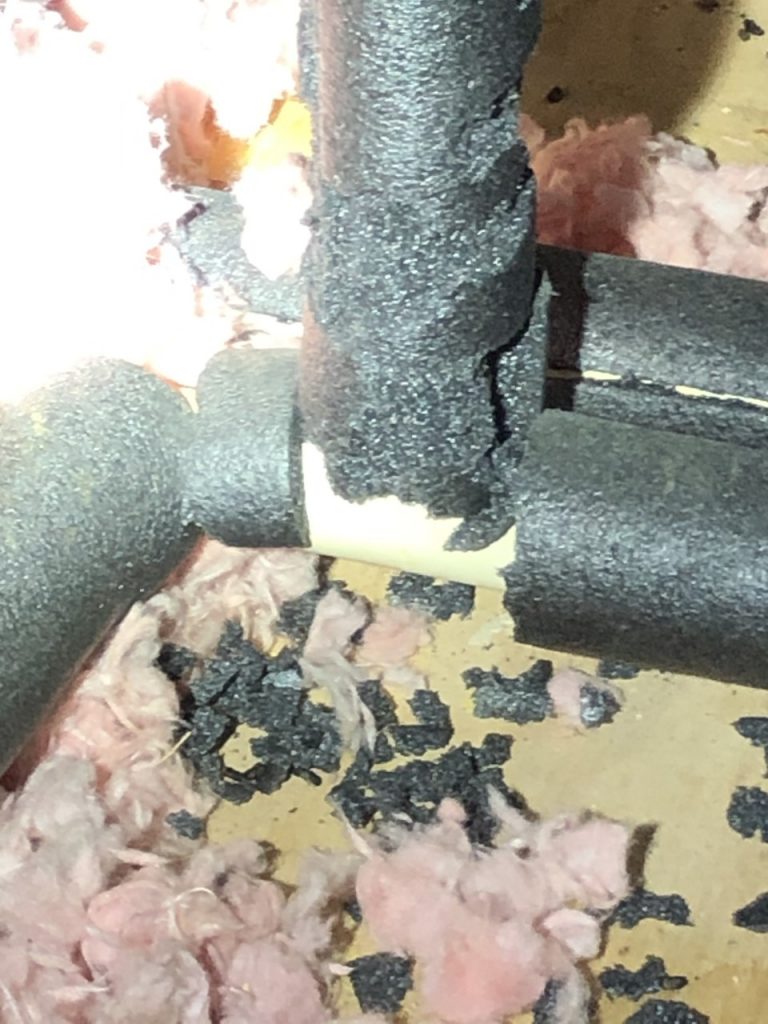
Property Damage
Mice can cause prolific damage from their constant gnawing. They will gnaw on any material in your home including wires, pipes, wood, and metal.
During the day, mice sleep hidden away in their nests typically made of soft materials. Nesting materials could include shredded paper, cardboard boxes, insulation, or cotton.
Diseases from Mice
Mice contaminate stores of food with their waste and spread numerous diseases including hantavirus, salmonella, and lymphocytic choriomeningitis (LCM).
Additionally, their tendency to gnaw can lead to structural damage and increase the risk of fire. Since mice are capable of reproducing at alarming rates, effective and immediate control of infestations is necessary.